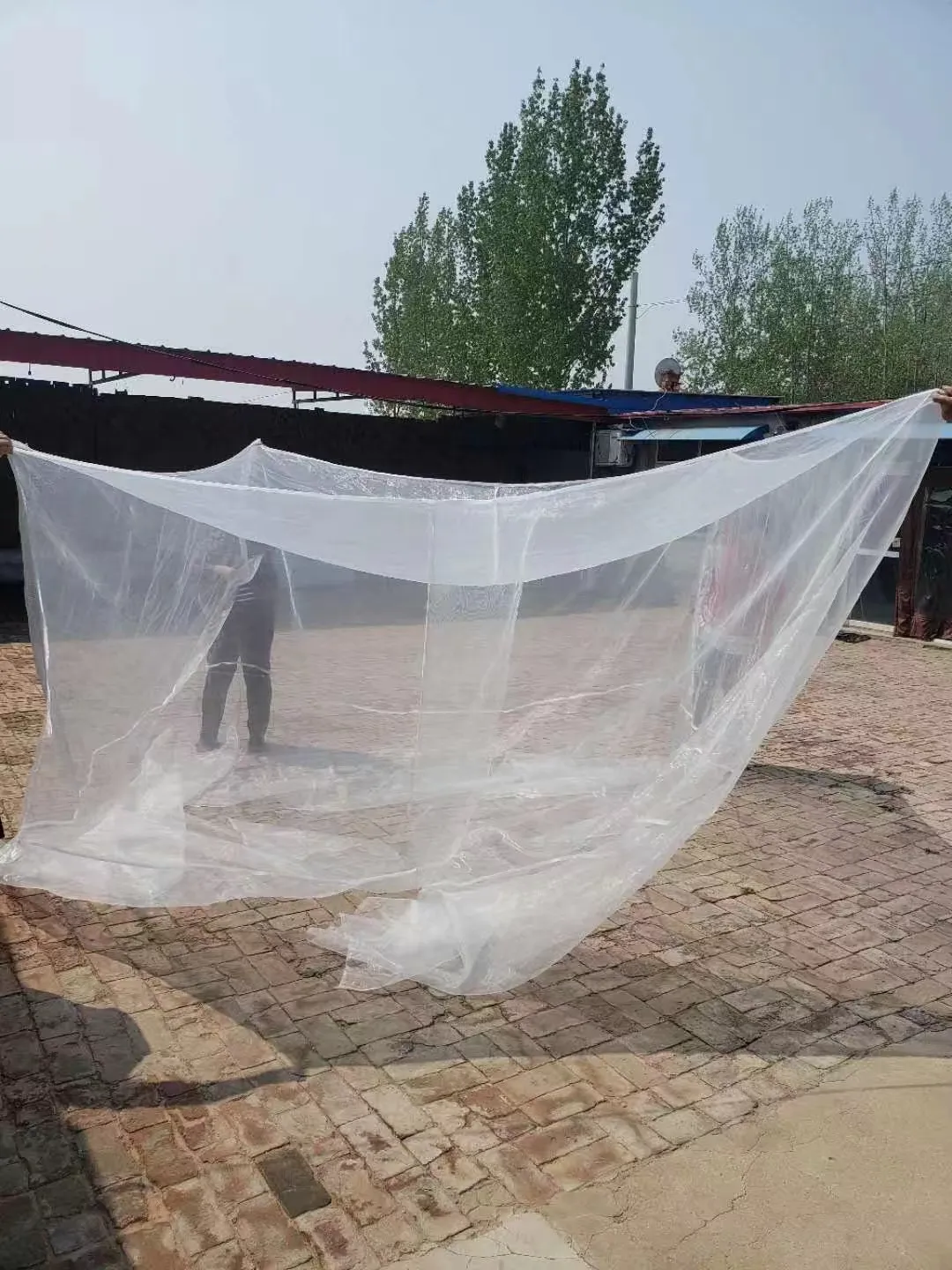-
 Afrikaans
Afrikaans -
 Albanian
Albanian -
 Amharic
Amharic -
 Arabic
Arabic -
 Armenian
Armenian -
 Azerbaijani
Azerbaijani -
 Basque
Basque -
 Belarusian
Belarusian -
 Bengali
Bengali -
 Bosnian
Bosnian -
 Bulgarian
Bulgarian -
 Catalan
Catalan -
 Cebuano
Cebuano -
 China
China -
 Corsican
Corsican -
 Croatian
Croatian -
 Czech
Czech -
 Danish
Danish -
 Dutch
Dutch -
 English
English -
 Esperanto
Esperanto -
 Estonian
Estonian -
 Finnish
Finnish -
 French
French -
 Frisian
Frisian -
 Galician
Galician -
 Georgian
Georgian -
 German
German -
 Greek
Greek -
 Gujarati
Gujarati -
 Haitian Creole
Haitian Creole -
 hausa
hausa -
 hawaiian
hawaiian -
 Hebrew
Hebrew -
 Hindi
Hindi -
 Miao
Miao -
 Hungarian
Hungarian -
 Icelandic
Icelandic -
 igbo
igbo -
 Indonesian
Indonesian -
 irish
irish -
 Italian
Italian -
 Japanese
Japanese -
 Javanese
Javanese -
 Kannada
Kannada -
 kazakh
kazakh -
 Khmer
Khmer -
 Rwandese
Rwandese -
 Korean
Korean -
 Kurdish
Kurdish -
 Kyrgyz
Kyrgyz -
 Lao
Lao -
 Latin
Latin -
 Latvian
Latvian -
 Lithuanian
Lithuanian -
 Luxembourgish
Luxembourgish -
 Macedonian
Macedonian -
 Malgashi
Malgashi -
 Malay
Malay -
 Malayalam
Malayalam -
 Maltese
Maltese -
 Maori
Maori -
 Marathi
Marathi -
 Mongolian
Mongolian -
 Myanmar
Myanmar -
 Nepali
Nepali -
 Norwegian
Norwegian -
 Norwegian
Norwegian -
 Occitan
Occitan -
 Pashto
Pashto -
 Persian
Persian -
 Polish
Polish -
 Portuguese
Portuguese -
 Punjabi
Punjabi -
 Romanian
Romanian -
 Russian
Russian -
 Samoan
Samoan -
 Scottish Gaelic
Scottish Gaelic -
 Serbian
Serbian -
 Sesotho
Sesotho -
 Shona
Shona -
 Sindhi
Sindhi -
 Sinhala
Sinhala -
 Slovak
Slovak -
 Slovenian
Slovenian -
 Somali
Somali -
 Spanish
Spanish -
 Sundanese
Sundanese -
 Swahili
Swahili -
 Swedish
Swedish -
 Tagalog
Tagalog -
 Tajik
Tajik -
 Tamil
Tamil -
 Tatar
Tatar -
 Telugu
Telugu -
 Thai
Thai -
 Turkish
Turkish -
 Turkmen
Turkmen -
 Ukrainian
Ukrainian -
 Urdu
Urdu -
 Uighur
Uighur -
 Uzbek
Uzbek -
 Vietnamese
Vietnamese -
 Welsh
Welsh -
 Bantu
Bantu -
 Yiddish
Yiddish -
 Yoruba
Yoruba -
 Zulu
Zulu
plant hail protection
Protecting Plants from Hail Damage Essential Strategies
Hail can be a devastating force in agriculture, causing irreparable damage to crops and plants. The unpredictable nature of hailstorms poses a significant threat, leading farmers and gardeners to seek effective protection strategies to safeguard their investments. This article explores key methods for protecting plants from hail damage.
Protecting Plants from Hail Damage Essential Strategies
Another effective strategy is the use of physical barriers. Hail nets or mesh fabric can be draped over plants to absorb the impact of hailstones. These nets are designed to deflect the hail, reducing its velocity and potential harm to the plants beneath. While this solution may require an initial investment, the long-term benefits of preserving the crop can outweigh the costs.
plant hail protection

In addition to physical barriers, constructing temporary shelters can offer significant protection during hailstorms. Farmers can use materials such as PVC pipes and tarps to create makeshift structures that shield plants from hail. This approach is particularly effective for vulnerable young plants, which may be more susceptible to hail damage.
Furthermore, timely weather monitoring plays a crucial role in hail protection strategies. By staying informed about weather patterns and potential storm threats, farmers can take proactive measures to protect their crops. Utilizing technology such as weather apps and local radar systems allows farmers to prepare ahead of time, ensuring that they can implement protective measures before a storm strikes.
Lastly, after a hailstorm, assessing and managing damage is vital. Prompt action can help mitigate losses. This may involve replanting or employing post-storm care techniques, such as pruning damaged plants to encourage new growth.
In summary, protecting plants from hail damage requires a multi-faceted approach that includes selecting resilient varieties, using physical barriers, constructing temporary shelters, and monitoring weather patterns. By implementing these strategies, farmers and gardeners can significantly reduce the impact of hailstorms on their crops, ensuring a more secure and productive agricultural season. As the climate continues to change, investing in hail protection methods will become increasingly important for maintaining healthy plants and maximizing yield.
-
The Sunshade Net Can Block Ultraviolet RaysNewsAug.11,2025
-
Main Application and Technology of Nylon ScreenNewsAug.11,2025
-
Green Anti UV Sunshade Net: The Perfect Combination of Ecological Friendliness and Practical PerformanceNewsAug.11,2025
-
Explore the Sunshade NetNewsAug.11,2025
-
Application and Development of Nylon Screen in Fuel Processing and TreatmentNewsAug.11,2025
-
Application and Advantages of Nylon Screen for AquacultureNewsAug.11,2025











